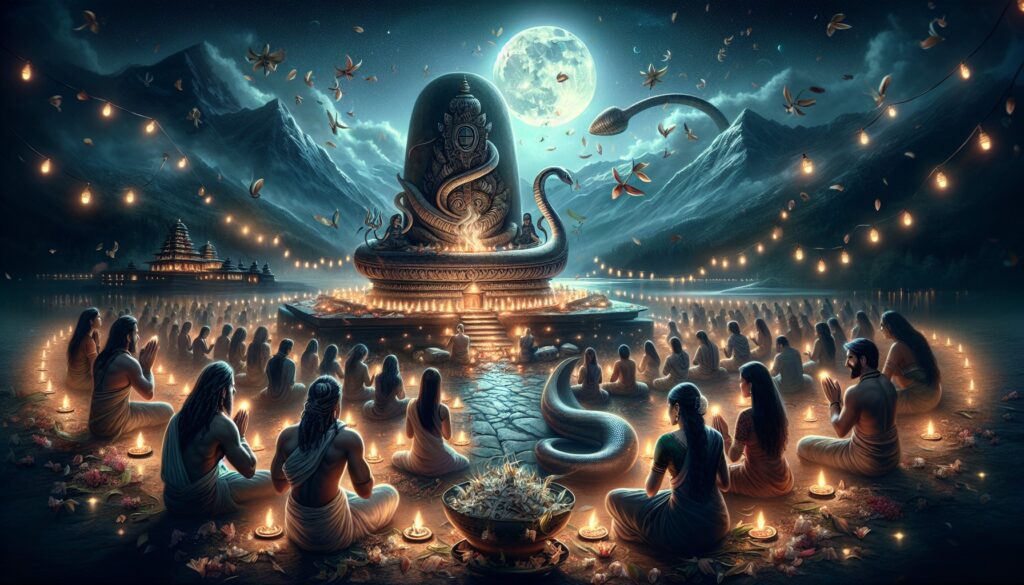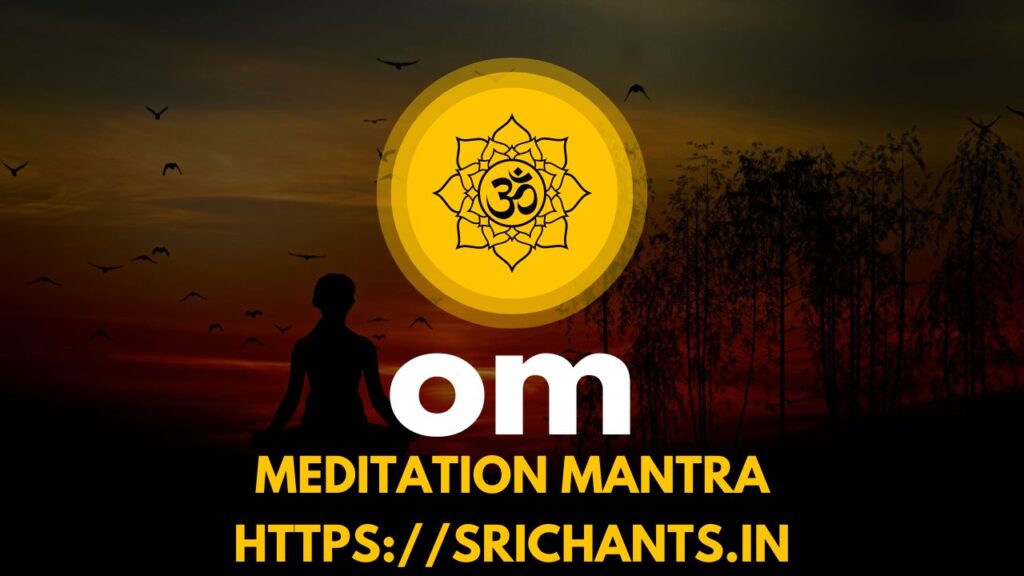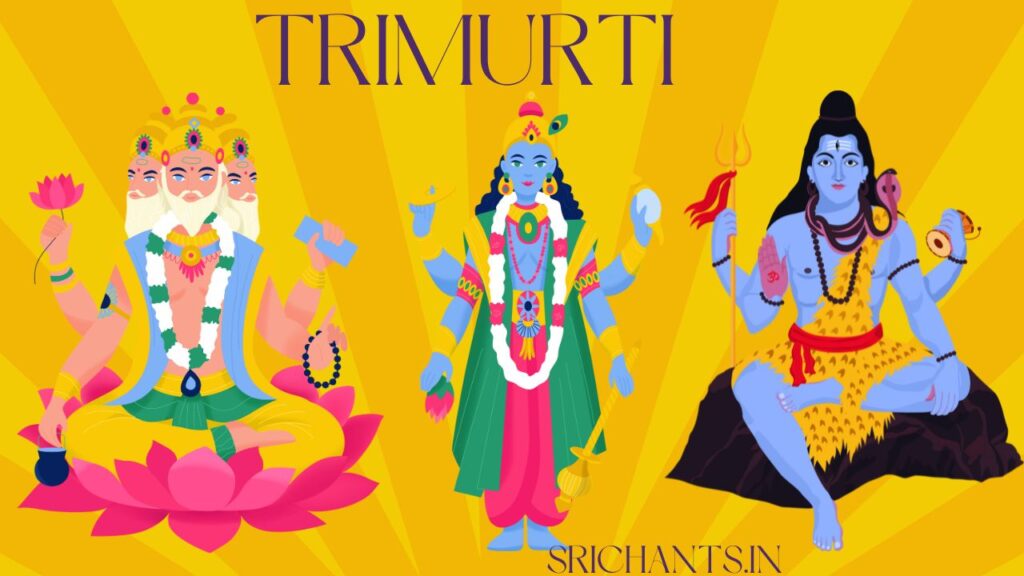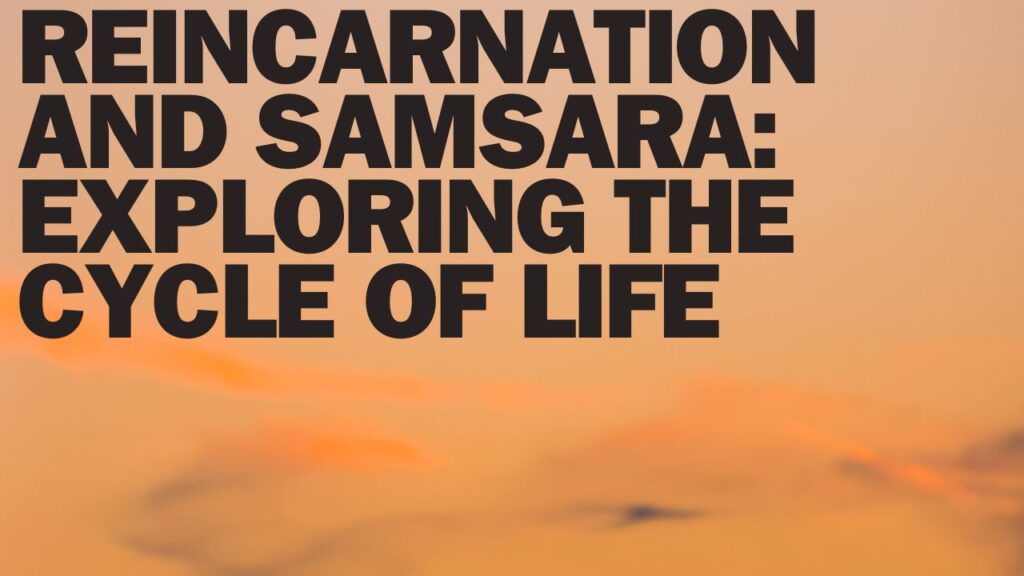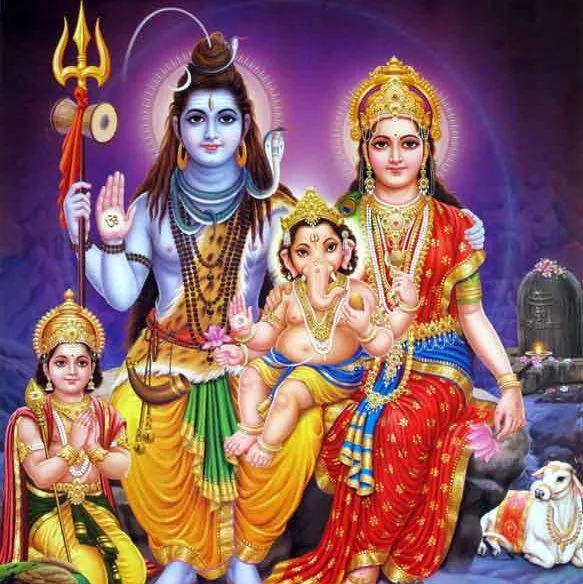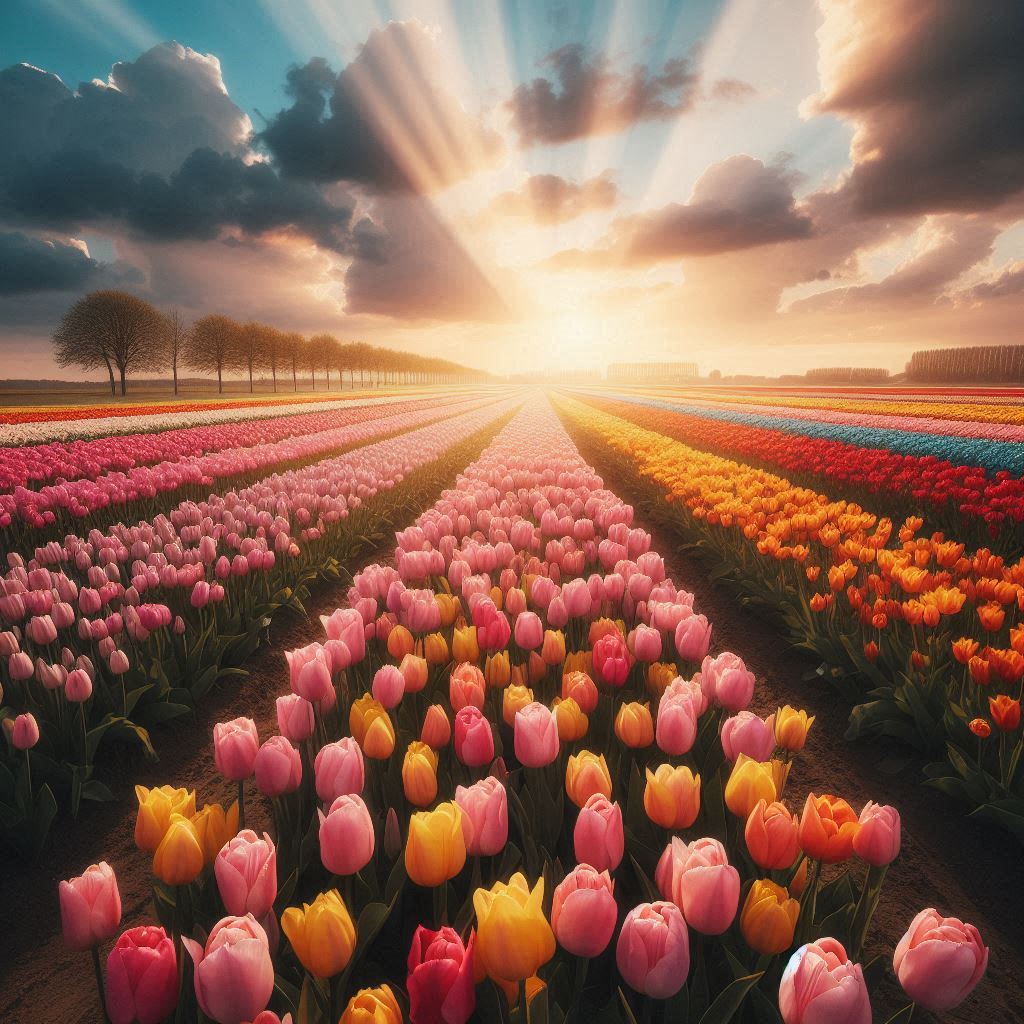Celebrating Maha Shivratri: Rituals and Legends
In light of the enchanting moonlit night that signifies the pinnacle of veneration and enigma, I extend an invitation to you to accompany me on an investigation into the profound intricacies of Maha Shivratri, an auspicious Hindu festival honoring Lord Shiva. Annually transpiring during the darkest nocturn of the Phalguna or Magha month, this revered event, suitably designated ‘the great night of Shiva,’ initiates a period intended for introspection and revitalization. As devotees from various parts of India and the globe engage in practices such as fasting, chanting mantras, and spending the night, the observance of Mahashivratri is deeply ingrained in the spiritual tapestry of India.
As our exploration of this festival progresses, I shall reveal the intricate web of traditions and profound ceremonial significance that comprise the very substance of Maha Shivratri. Establishing a connection with the Shiva Lingam via offerings of milk, leaves, and rudraksha serves as a revered pathway to the ultimate and provides solace to countless individuals in search of salvation. Observe the mesmerizing symbolism of Maha Shivratri and the harmonious performance of the Nataraja, as it affords each of us an unprecedented opportunity to transcend the darkness of ignorance while commemorating the sacred union of Shiva and Parvati. We cordially invite you to join us on an edifying expedition as we venerate the profound influence of Lord Shiva and revel in the tranquil brilliance of his beneficence.
Rituals and Practices Observed During Maha Shivratri
As I walk delicately amid the resonant chants and fragrant incense, the intense devotion of Maha Shivaratri permeates the atmosphere. As I observe a group of individuals fast for an entire day on this sacred occasion, I am able to discern their profound devotion and self-control; this exemplifies the reason why Maha Shivaratri is venerated with such reverence throughout India. During the waning hours, temples are filled with a multitude of devoted individuals who unite in devotion, prayer, fasting, and submission to the divine radiance emanating from Lord Shiva.
Upon entering the hallowed sanctuaries every three hours, I beheld the divine spectacle of Shivalinga bathing in a sacred ritual. ‘Abhishekam’ is a meticulously performed ritual by devotees, involving mixtures that symbolize purity—such as milk, yoghurt, honey, sandalwood, and rose water—which emit fragrances that blend with softly spoken prayers. The lingam is anointed with vermilion paste, and Belwa leaves, which are considered auspicious and long-lasting, are positioned above it. In the midst of the luminous diyas and floral offerings, the linga emerges as a symbol of optimism and satisfaction.
The atmosphere is filled with the resounding chorus of “OM NAMAH SHIVAYA” as night engulfs day. Assisting in the illumination of oil lamps while in the company of fellow devotees, we remain alert while contemplating the attributes of Nataraja, whose celestial movements symbolize the concepts of formation and dissolution. By drawing inspiration from the foundations of meditation, numerous individuals partake in rituals that emulate the tranquility and concentration of Lord Shiva:
- Meditation on the mantra ‘Maha Mrityunjaya’—a chant that bestows strength and healing.
- The reading of sacred scriptures like the ‘Shiva Purana’, absorbing the teachings and exploits of Shiva.
- Consciousness and inner calm are the goals of the yoga practice, which unifies the body and breath.
- A fasting regimen is observed during Maha Shivratri in observance of Shiva’s essence, during which the body is nourished solely with milk-based foods, fruits, and permitted vegetables, while the spirit ascends. Beyond mere abstinence from food, the fast is regarded as a spiritual purification ritual that assures deliverance from the ceaseless cycle of existence and mortality. This demonstration of devotion succinctly embodies the profound nature of India’s spiritual customs and elucidates the reason why Shivratri is jubilantly celebrated.
- During the early hours of the morning, when the initial beams of light indicate the conclusion of a fortunate vigil, we are overcome with a deep sense of achievement. At the pinnacle of Maha Shivratri, there is an opportunity for introspection and recognition of the perpetual cycle of existence and demise, as well as the universal principles exemplified by Lord Shiva. There is a belief that individuals who conscientiously and religiously observe the sacred observance are bestowed with an abundance of blessings, surpassing their materialistic ambitions and drawing nearer to the ultimate union with the divine.
Legends and Stories Behind Maha Shivratri
The nocturnal activities of Maha Shivratri are imbued with narratives that not only constitute an essential component of the mythological canon but also extend an invitation to a more profound union with the divine. As I delve into the innumerable anecdotes that elucidate the intensity with which Shiva Ratri is commemorated, the legends become imbued with the celestial functions of Lord Shiva. A renowned legend recounts Shiva’s altruistic deed during Samudra Manthan, the primordial ocean churning. In the struggle for the elixir of immortality between demons and gods, a fatal poison called Halahala materialized. To save the universe, Shiva, imbued with unbounded compassion, ingested the poison. This decisive moment caused his throat to turn blue, serving as evidence of his unwavering sacrifice.
In addition, the celebrations surrounding Maha Shivratri honor the sacrosanct union between Shakti and Shiva—the convergence of energy and consciousness. By shedding light on the ideal marital harmony and the ethereal equilibrium of the universe, this legend of divine matrimony established the groundwork for nocturnal rituals and meditation. Shiva’s ascetic penance, which is a poignant reflection of his profound detachment following Sati’s self-immolation, introduces an additional poignant narrative. The narrative is replete with profound teachings regarding devotion and the transient nature of existence—tendencies that I endeavor to internalize via my practice of mindfulness and meditation.
The reverence for Maha Shivratri is heightened by the notion that Brahma was condemned by Shiva in retaliation for the latter’s deceit. As a consequence, Brahma was removed from temples throughout India, serving as a poignant illustration of the value attributed to veracity. While participating in the ceremonial practices, adorned with rudraksha and reciting mantras, I am prompted to reflect upon the extensive historical lineage that can be traced back to the 5th century BCE. Every thread of the legends is intricately interwoven into the fundamental structure of Maha Shivratri, influencing our comprehension and admiration for the reason for the festival’s observance and shedding light on the unceasing narratives that offer reverence to the all-knowing Nataraja, Lord Shiva.
Conclusion
In summary, Maha Shivratri serves as a significant testament to the profound spiritual fabric that India’s cultural heritage has intricately woven. This article has provided a summary of the revered practices associated with Lord Shiva, including the daylong fasts, night-long vigils, and sacred rituals. It also delves into the legends that emphasize the night’s celestial significance and the divine attributes that are emphasized throughout the fasts. The culmination of these rituals in the tranquility of dawn elevates the observance of Maha Shivaratri beyond a mere tradition; it becomes a profound and potentially liberating spiritual awakening.
The profound importance of Maha Shivratri extends far beyond its ceremonial and mythological aspects, serving as an enduring testament to the virtues, selflessness, and unwavering strength of faith. As adherents from every corner of the globe observe this momentous Shiva night, they unite in a global pursuit of enlightenment and the truth. After the festivities conclude, the spiritual odyssey it commences persists, inspiring individuals to further investigate their own awareness and potentially the profound enigmas that comprise our being and the cosmos as a whole.
FAQs
Amidst the ambiance of Maha Shivratri, a multitude of inquisitive inquiries that are frequently posed strike the interest of both devoted devotees and curious observers. Permit me to address a few of these inquiries that may have arisen in your minds as we have traversed the elaborate narrative of this momentous occasion, in the pursuit of knowledge.
FAQs About Maha Shivratri
- Why is fasting significant on Maha Shivratri?
Fasting is an act of surrender and purity that resonates deeply with the spirit of Maha Shivratri. It signifies the stillness akin to Shiva’s meditative state and is believed to invoke blessings, fortitude, and fulfilment of one’s deepest yearnings. - Can Maha Shivratri celebrations be witnessed online?
Absolutely! For those unable to attend the festivities in person, options abound to witness the grandeur of Maha Shivratri. Participants can join our YouTube Channel
